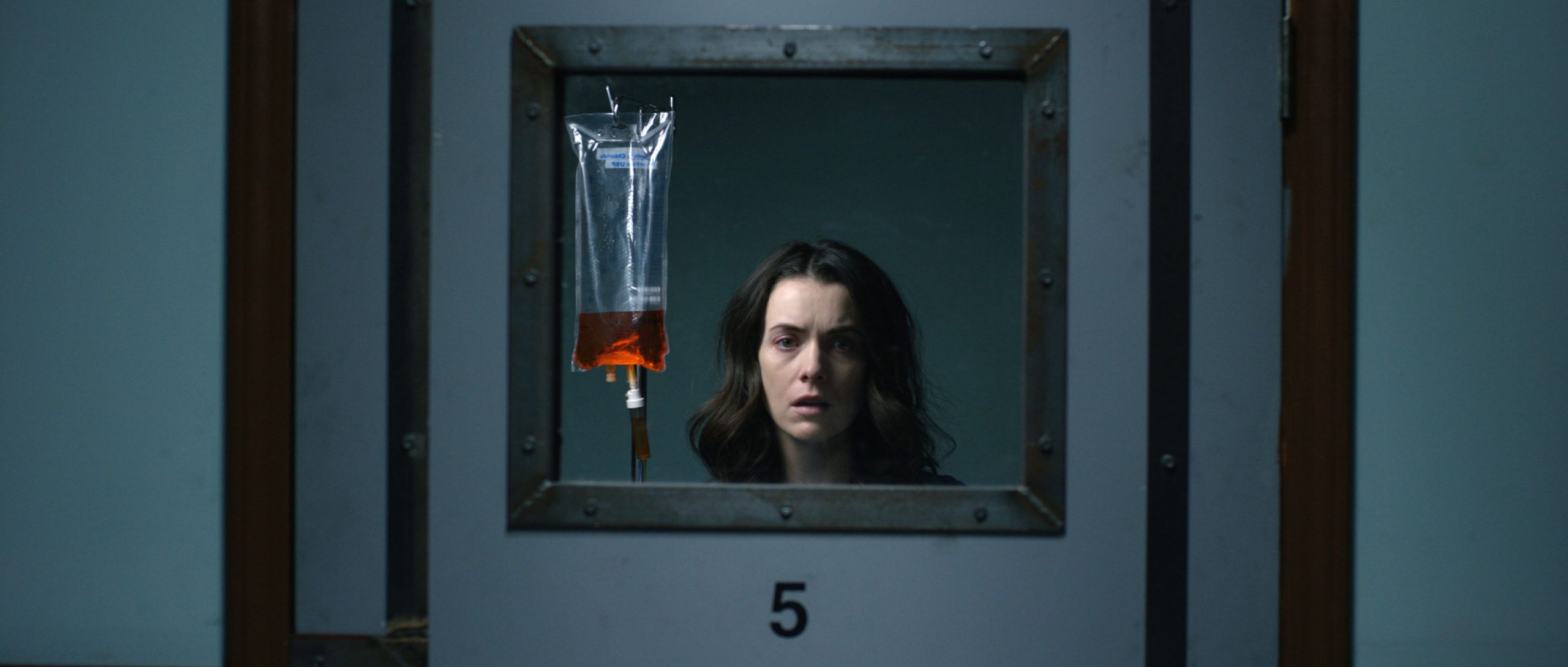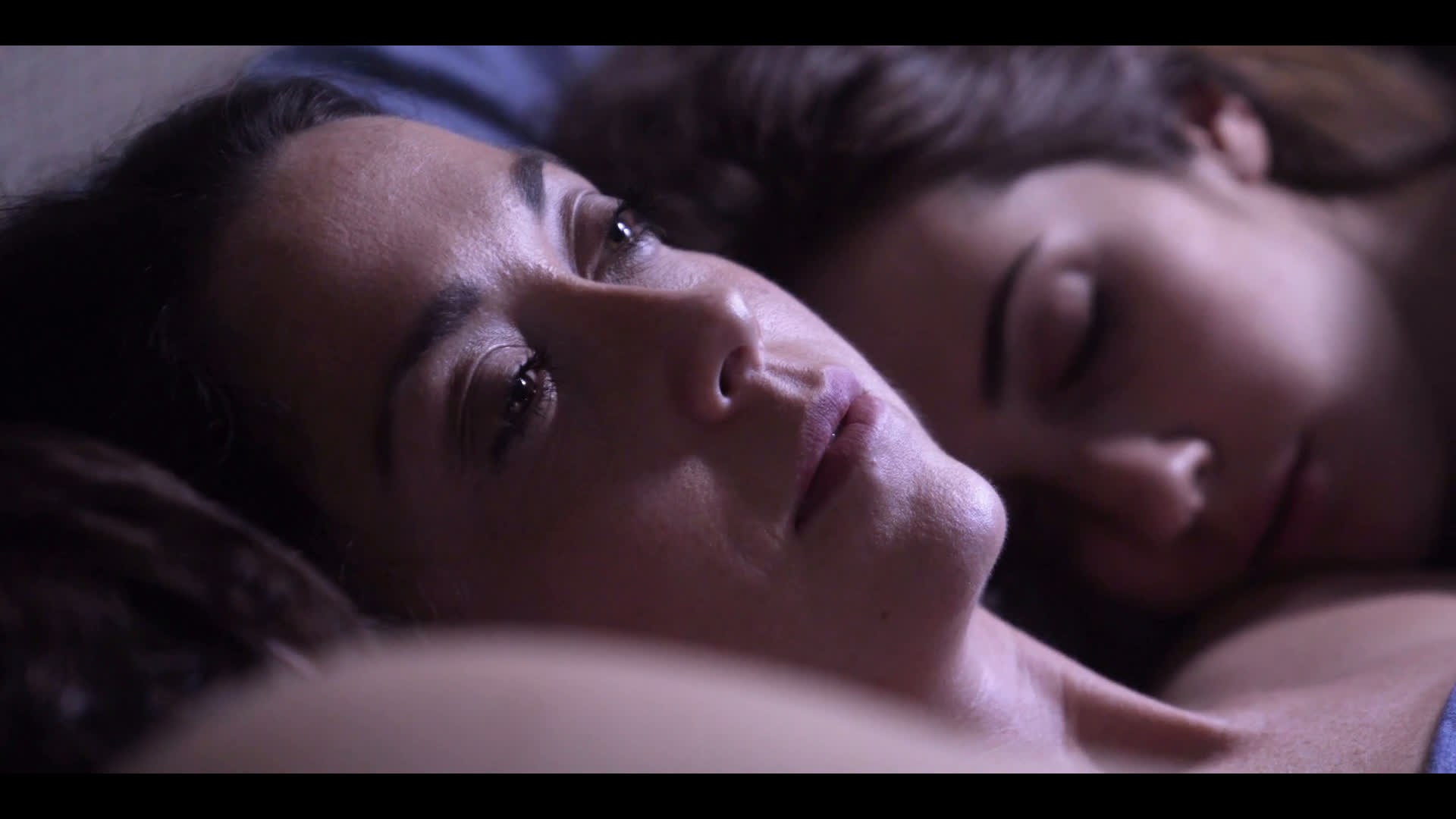Deadly Illusions
by Rachel Willis
Something I’ve learned from movies is that if you’re going to hire a nanny, expect some professional lines to be crossed.
Such is the dynamic between Mary (Kristin Davis) and Grace (Greer Grammer) in writer/director Anna Elizabeth James’s erotic thriller, Deadly Illusions.
Mary is a novelist with a series of successful murder mysteries under her belt, but she hasn’t written a new one in a while. Her publisher is desperate to bring her back to pen a new addition. Mary’s reluctant, until her husband’s serious financial blunder makes the decision for her.
But who will take care of her kids while she writes? Enter sweet, innocent nanny, Grace.
The film’s set-up is slow to get going. It’s light on the eroticism and doesn’t feel like much of a thriller. The first act plods along, dropping the pieces into place as if aware we already know where this is going to go. It’s not a very compelling watch.
Things heat up in the second act, though not by much. We’re still waiting for the water to boil. The initial relationship between Mary and Grace quickly crosses into inappropriate territory. Mary takes Grace bra shopping and enters the dressing room with her. It’s predatory, though it seems the movie wants us to feel Grace is the aggressor in the scene.
As we simmer through, Mary’s creativity begins to interfere with her reality. As she loses herself in her new novel, she fantasizes about inappropriate activities with Grace. Or do those things really happen?
Things get weirder, and several clunky red herrings are dropped into the mix. This movie wants to keep us guessing, but it’s never enticing enough to make much of an impact.
Along for the ride is Dermot Mulroney as Mary’s husband, Tom. Mulroney is a capable actor, but doesn’t have much to do here – though his contribution to the film is more than that of the children whom Grace is hired to care for. You might forget Grace is a nanny and not Mary’s personal assistant.
Davis and Grammer have some fun with their roles, and their dynamic is curious if not entirely convincing. Grammer doesn’t have the chemistry with Davis that we need to be caught up in their relationship.
There are moments of enjoyment as the situations get stranger and the mystery more absurd, but overall, Deadly Illusions inspires more tedium than thrills.














